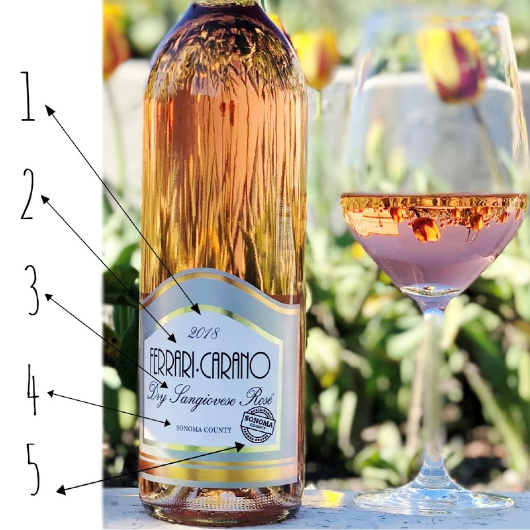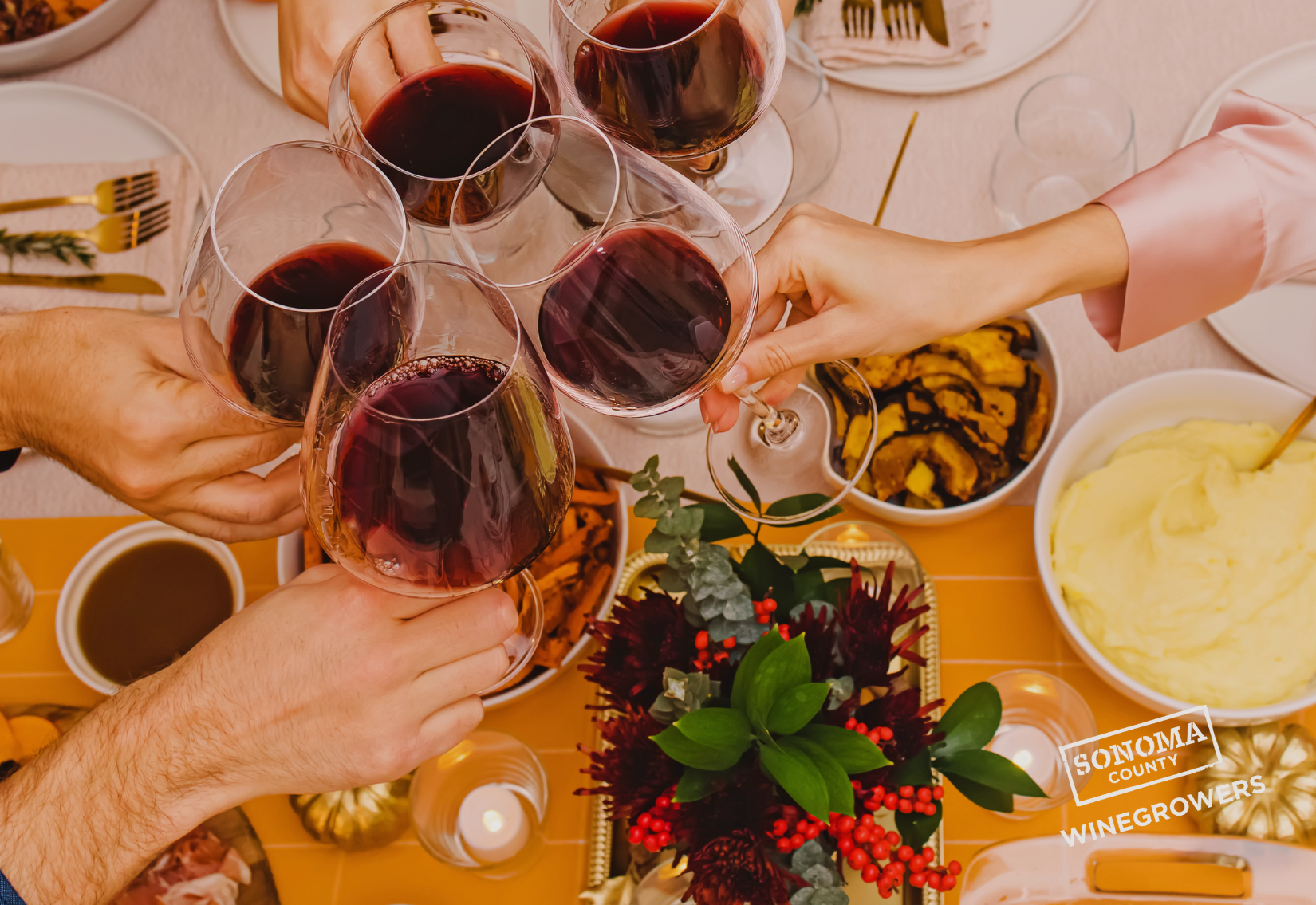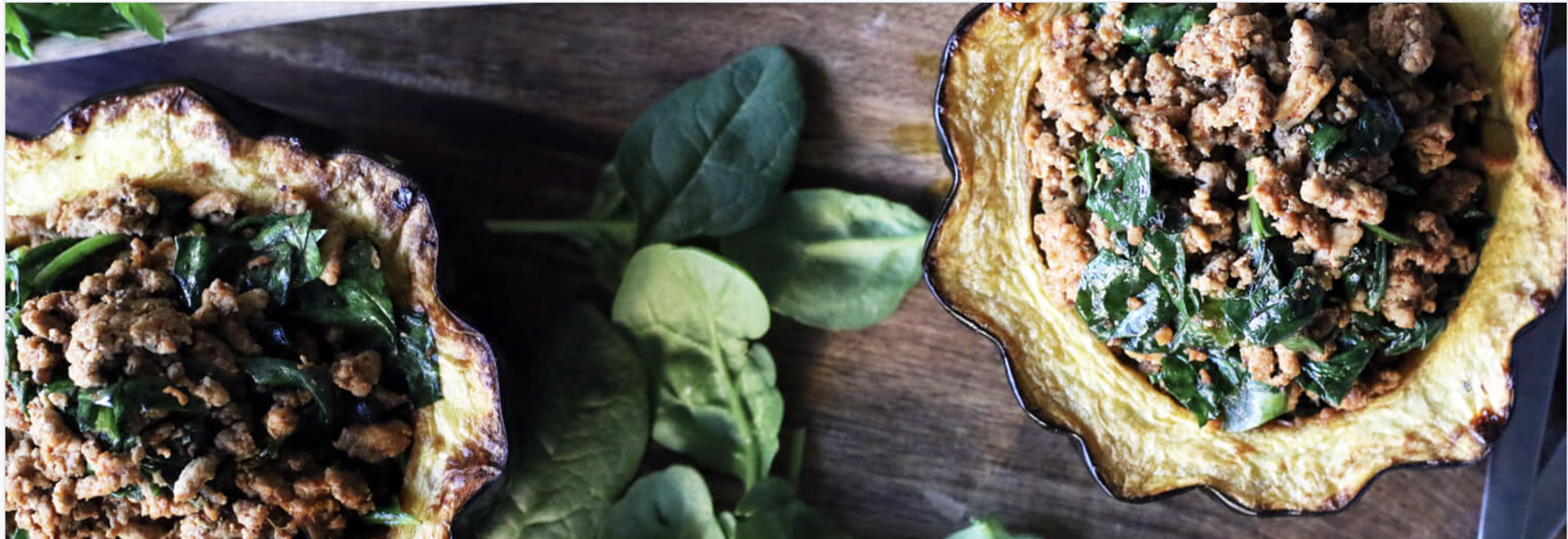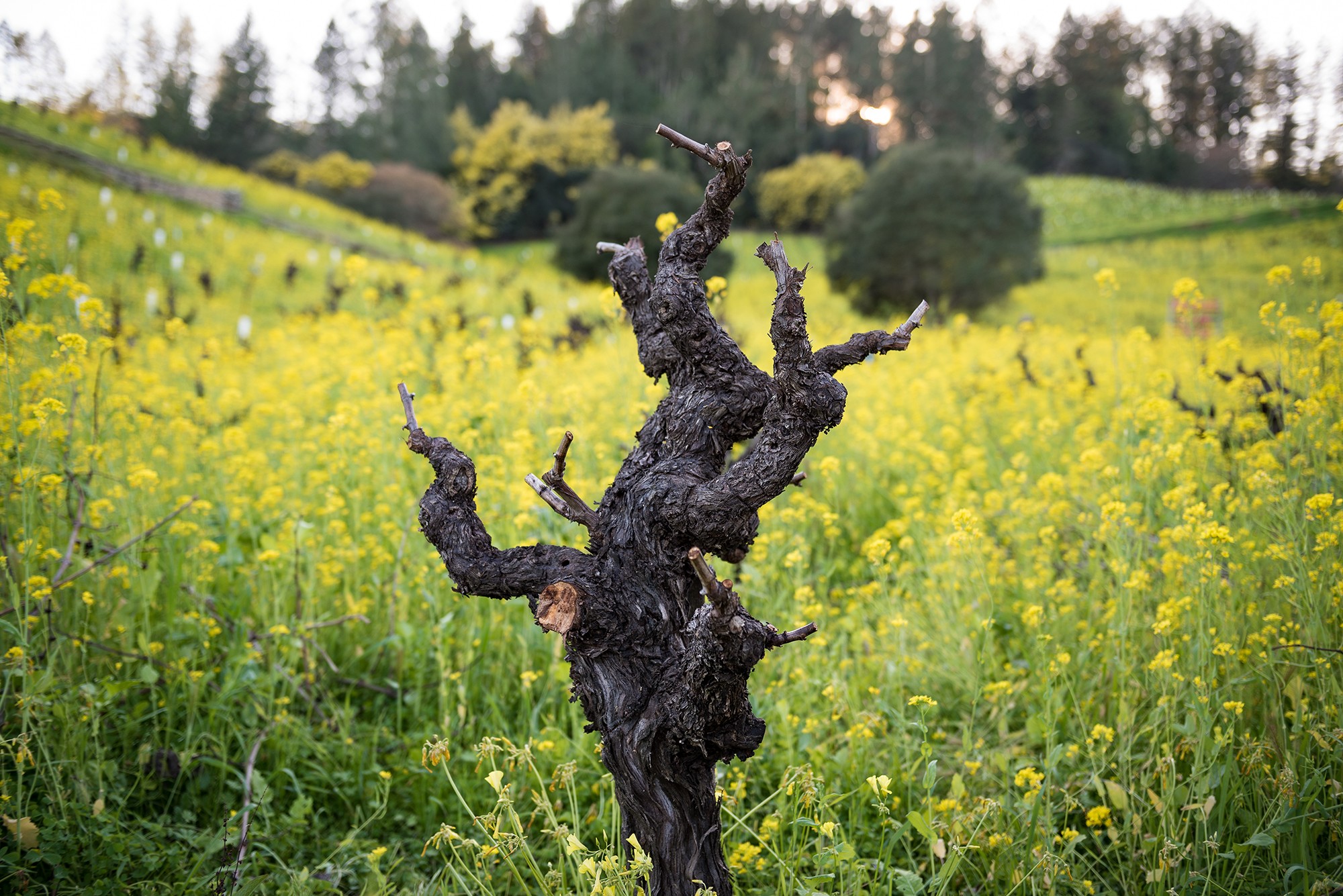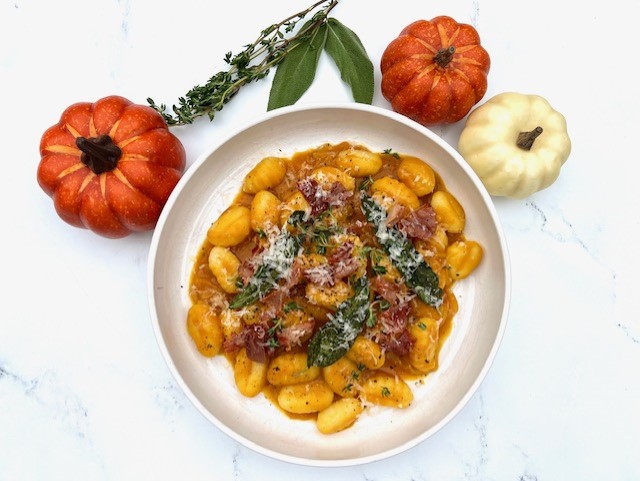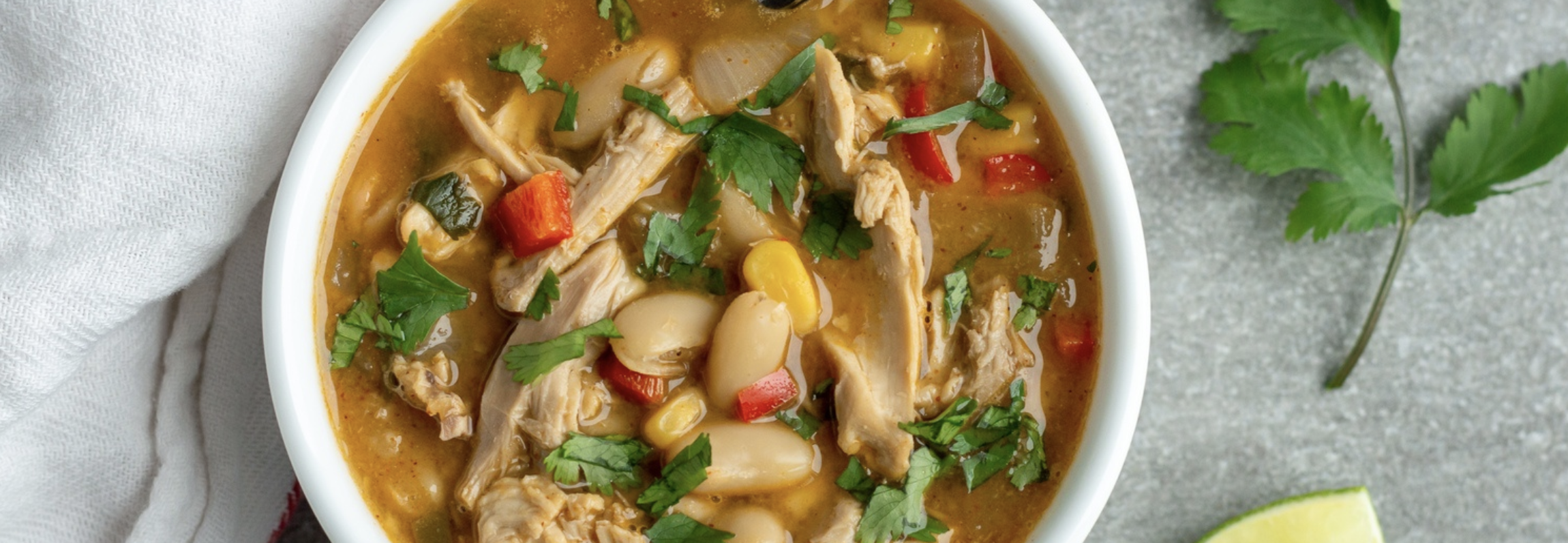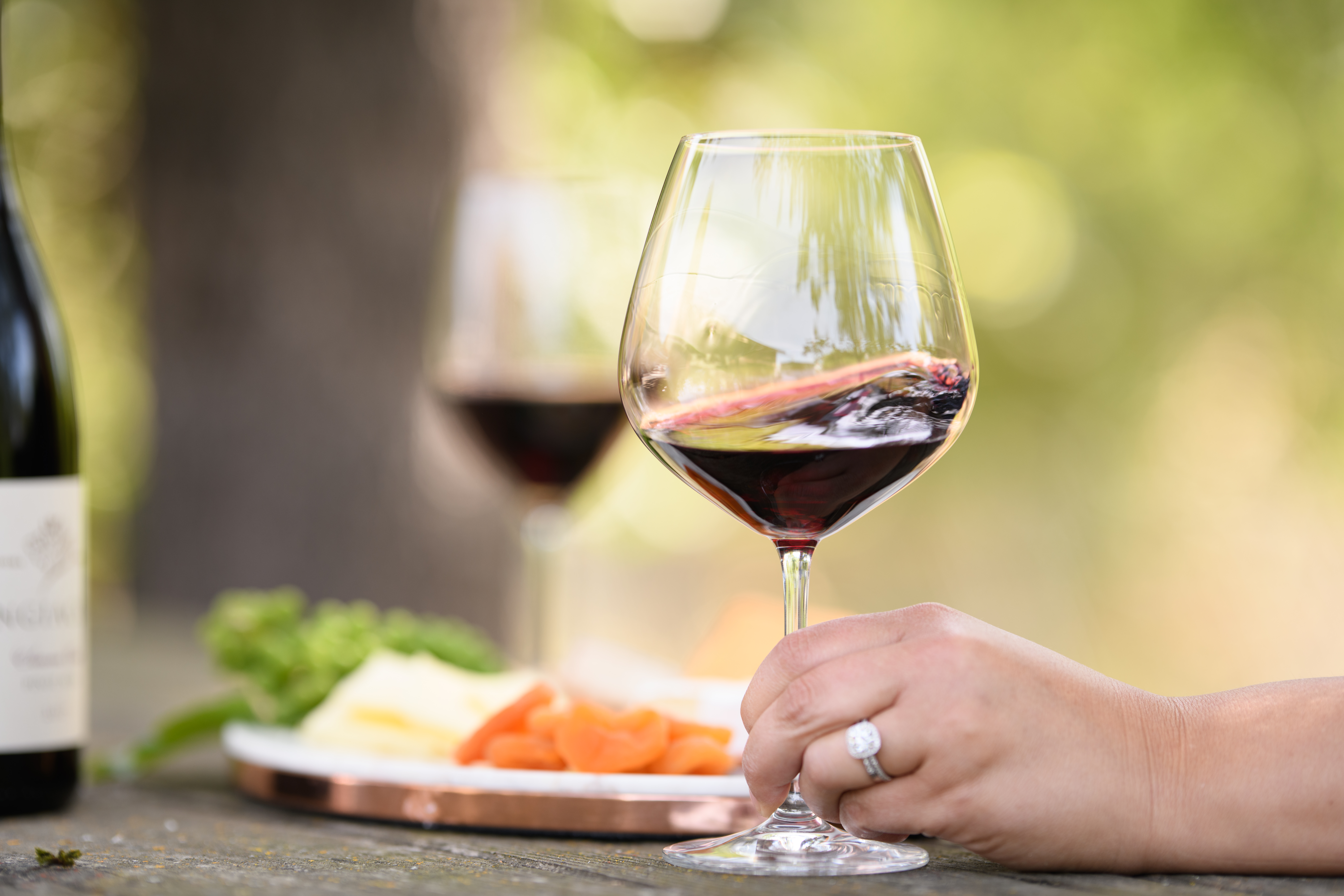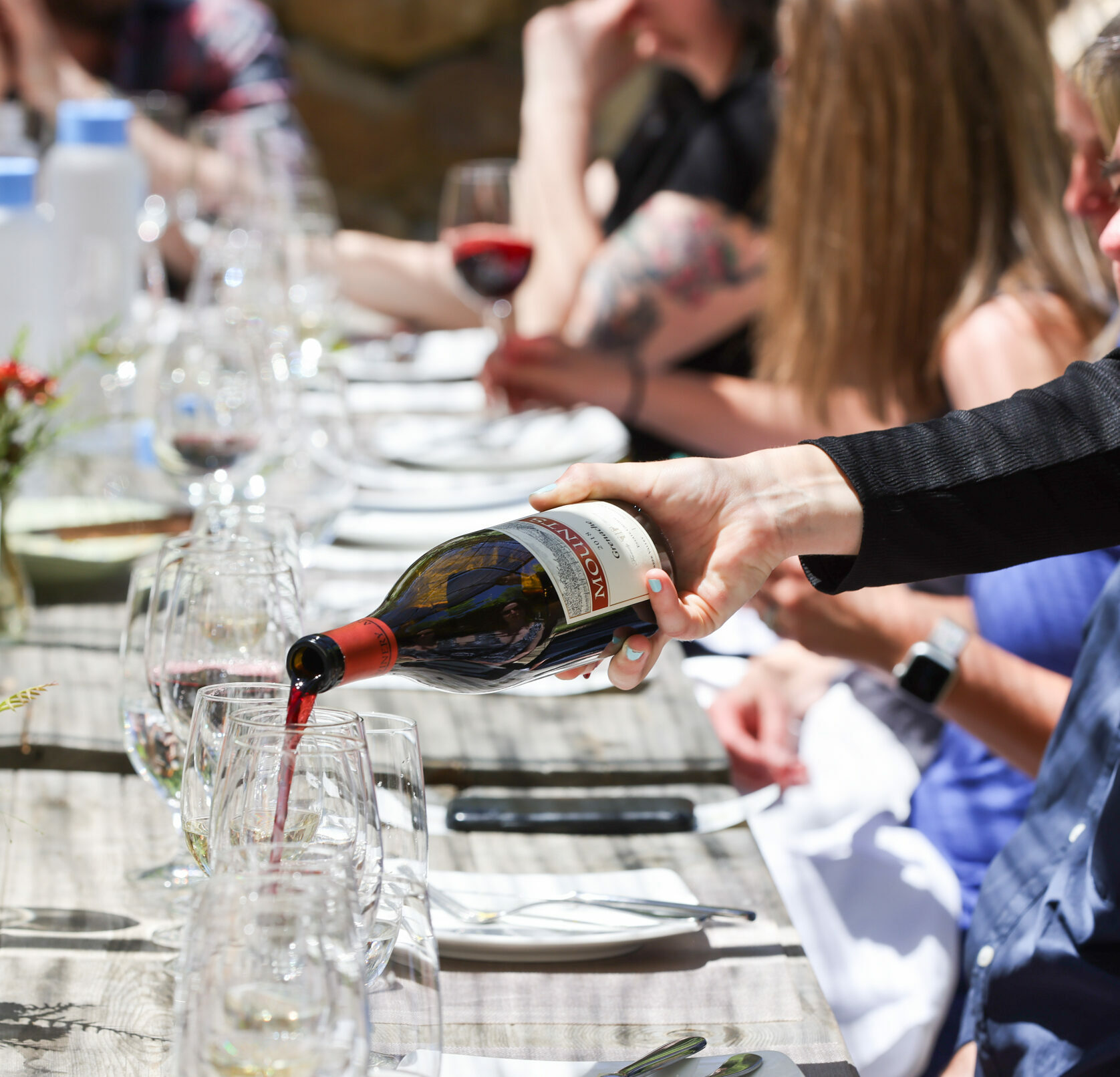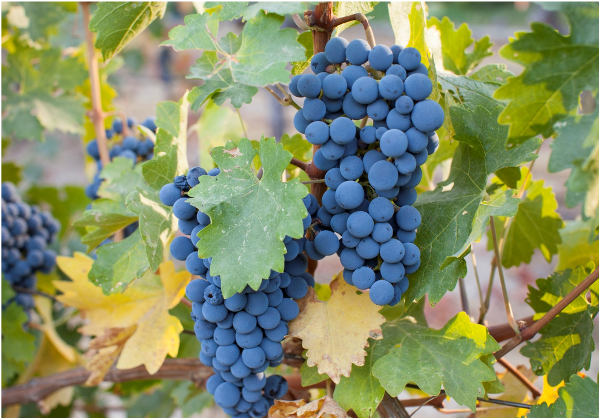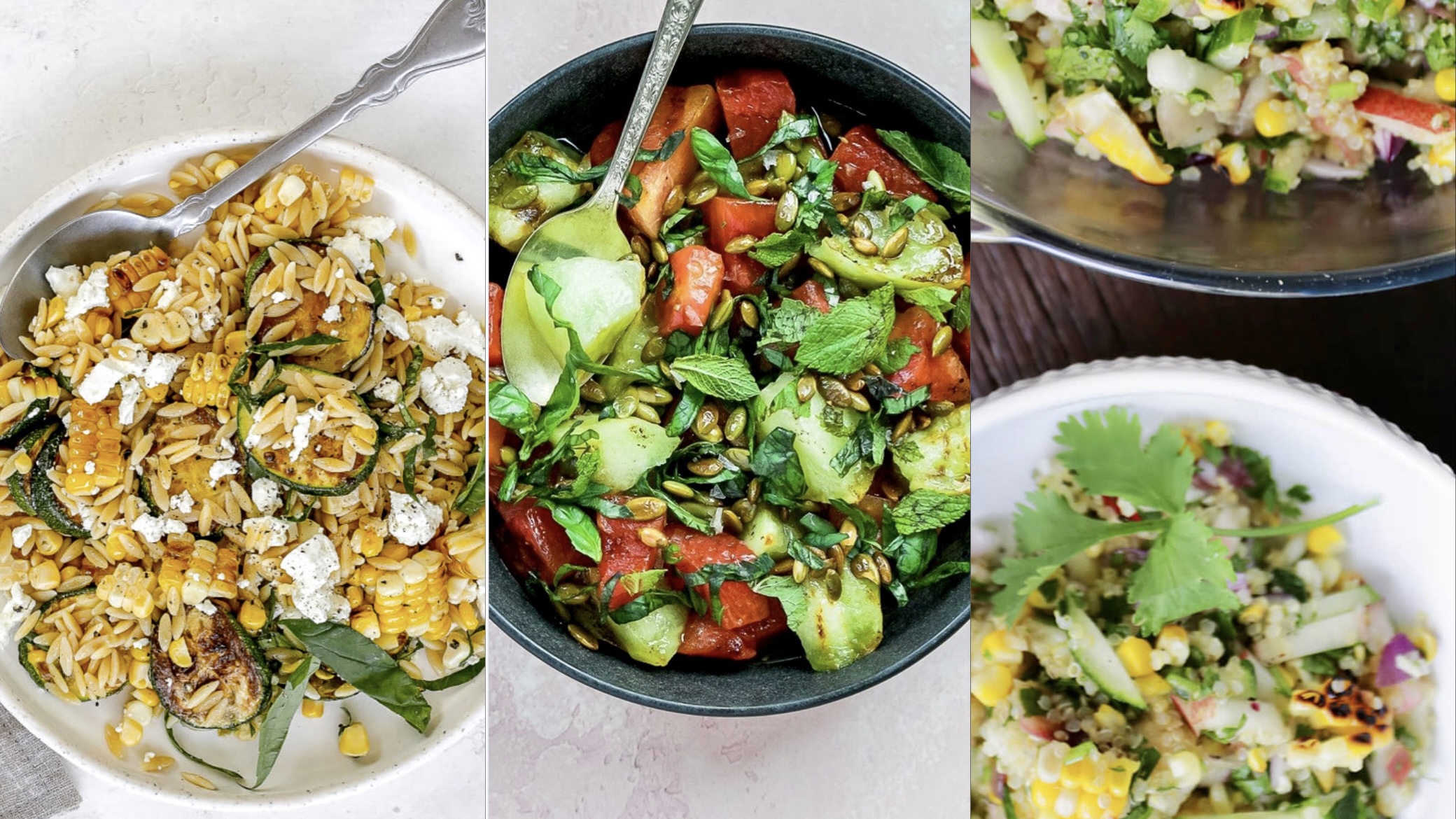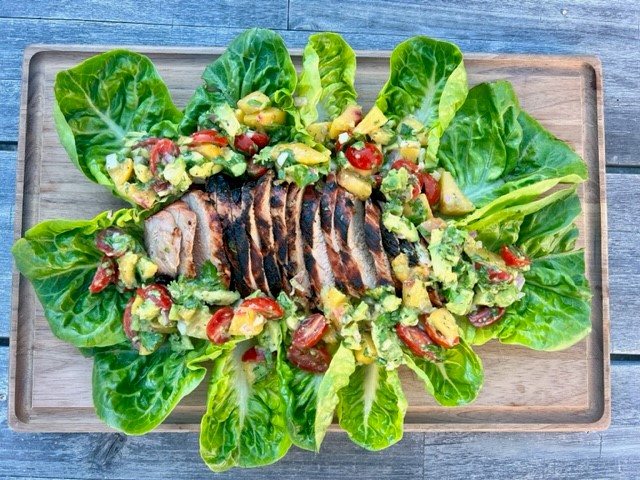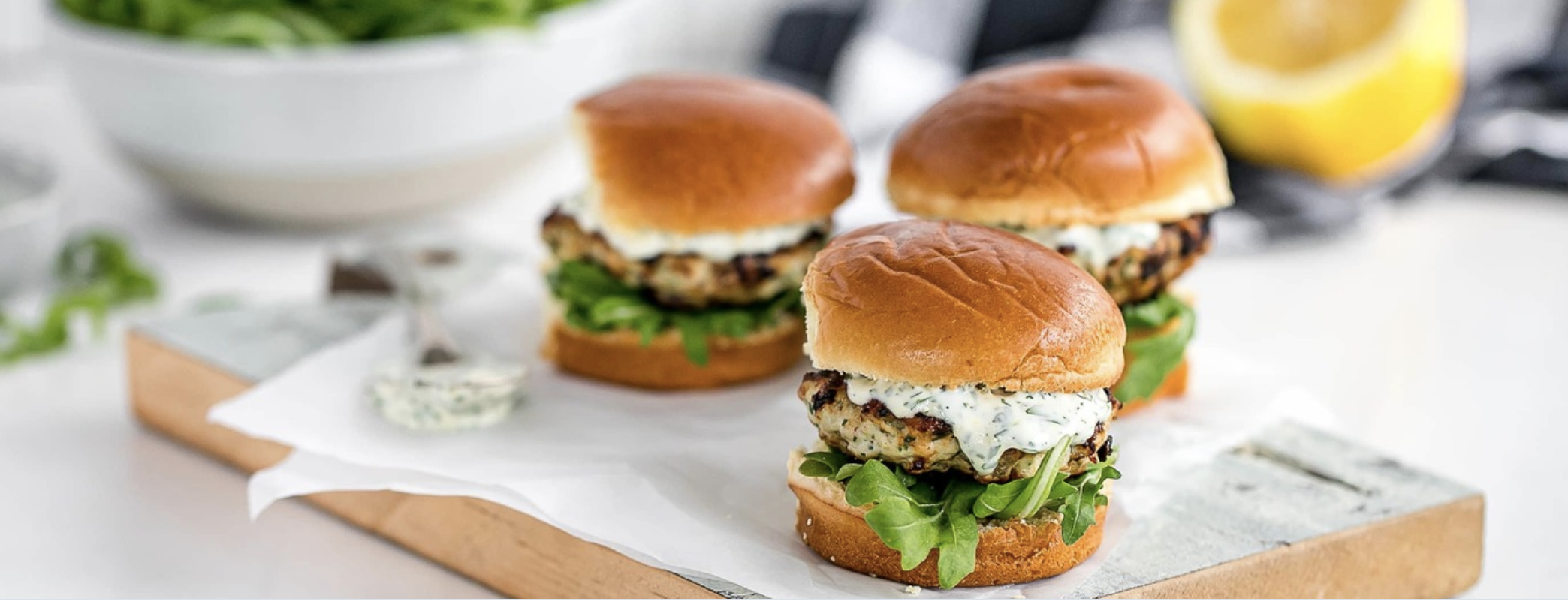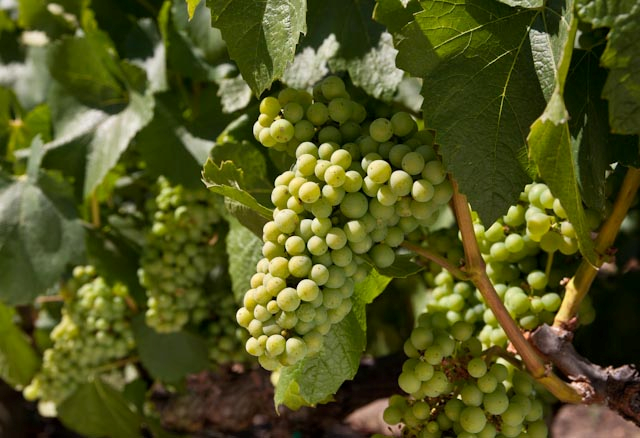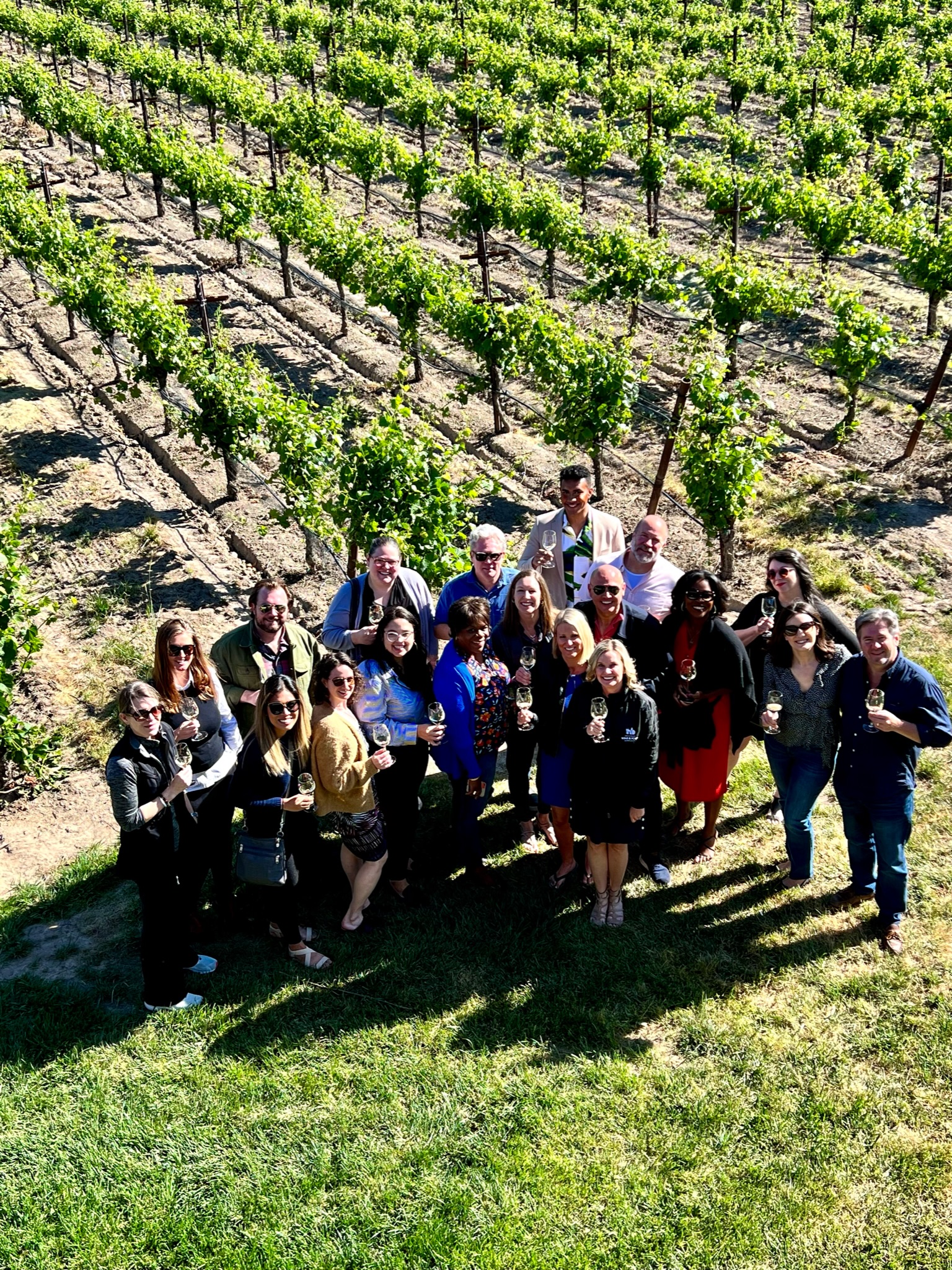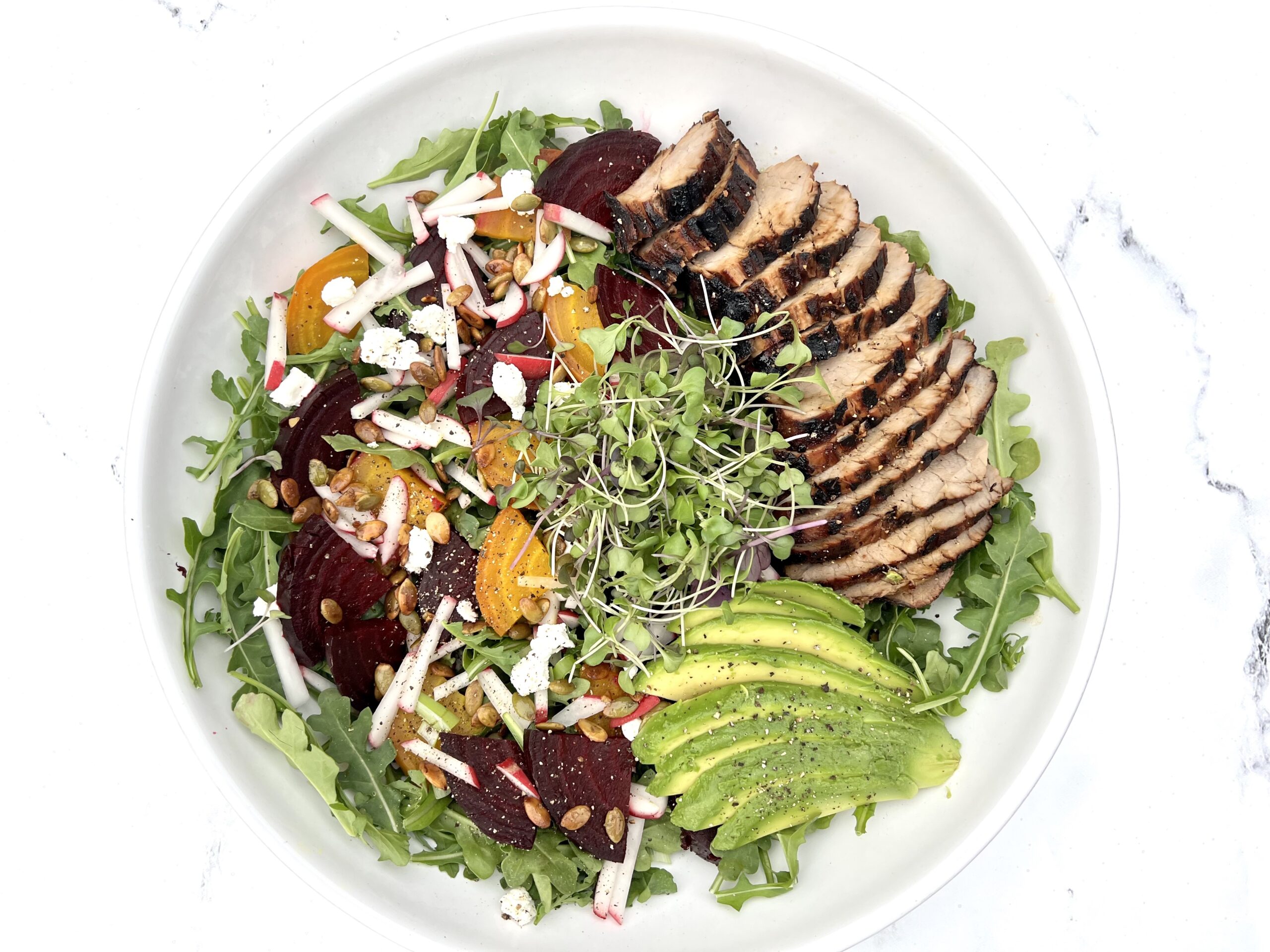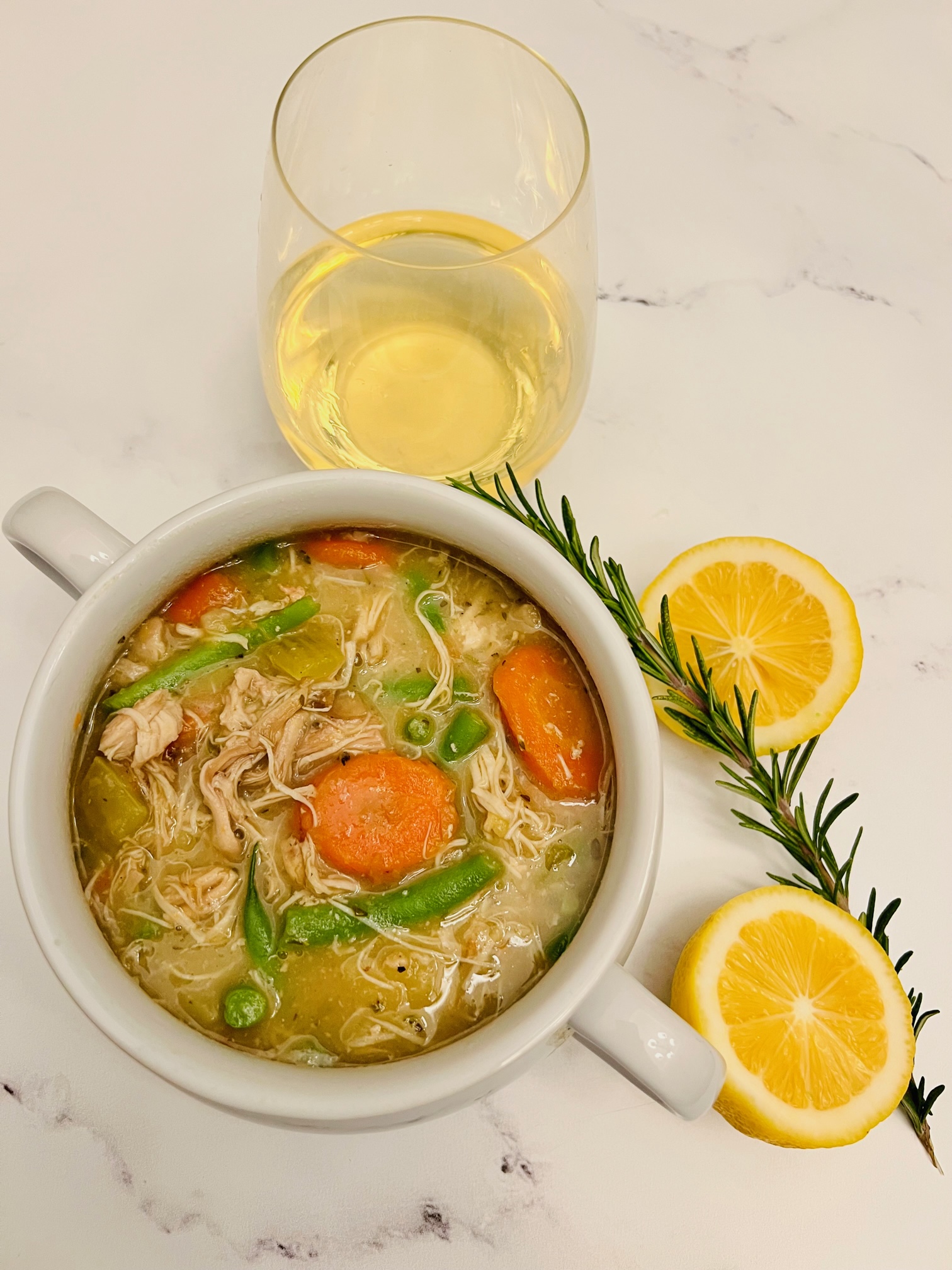Somm Corner
What is a Sommelier?
Simply put, a Sommelier (or, Somm) is a student of wine, who has reached a specific level of mastery in the subject. Many are also trained in food pairings spirits, and fine-dining service. Often, you can find sommeliers in your favorite restaurants, curating wine lists and recommending bottles. There are many levels of somm training. Read on to meet a few of these professionals who love Sonoma County wines.

Sip & Learn With Somm Rachel

We are excited to announce a new monthly column inspired by the diversity of Sonoma County wine, food and lifestyle, written by certified sommelier and our wine education consultant Rachel Thralls. The new lifestyle series is titled “Sip & Learn with Somm Rachel” and will be all about Sonoma County wine sips, food and wine pairings, and living a healthy lifestyle. The series will include topics such as unique monthly recipes complete with wine pairings, holiday recipes, wine faults and how to sniff them out, ideal serving temperatures for wines, how to enjoy wine and so much more!
Rachel Thralls is a Court of Masters Certified Sommelier who focuses on entertaining and educating key members of the trade, as well as consumers, on the wonders of wine, food and farming. She loves the diversity of micro-climates and soils here in Sonoma County which lead to the variety of grapes grown and wine styles. Rachel loves using local and in-season foods from around the county to create unique recipes that pair perfectly with the array of wines made here. Her recipes focus on real, whole foods that are healthy and definitely not lacking in taste! Some of her favorites include local heirloom tomatoes and cheeses paired with Sauvignon Blanc, a Salad Niçoise paired with a local rosé of Pinot Noir and locally caught crab with Chardonnay.
She is excited to use her personal training and nutritionist background to also share how she leads a healthy lifestyle. In her free time, Rachel loves spending time with her two children and husband, creating unique food and wine pairings, exercising and creating challenging workouts, as well as hiking and gardening in beautiful Sonoma County.
Guild Somm:
The Wines of Sonoma County
Masterclasses
GuildSomm and Sonoma County Winegrowers co-host several Masterclasses in key wine markets across the country every year. These Masterclasses featuring Sonoma County wines are taught by GuilSomm Master Sommeliers and attended by influential members of GuildSomm including wine buyers and restauranteurs.
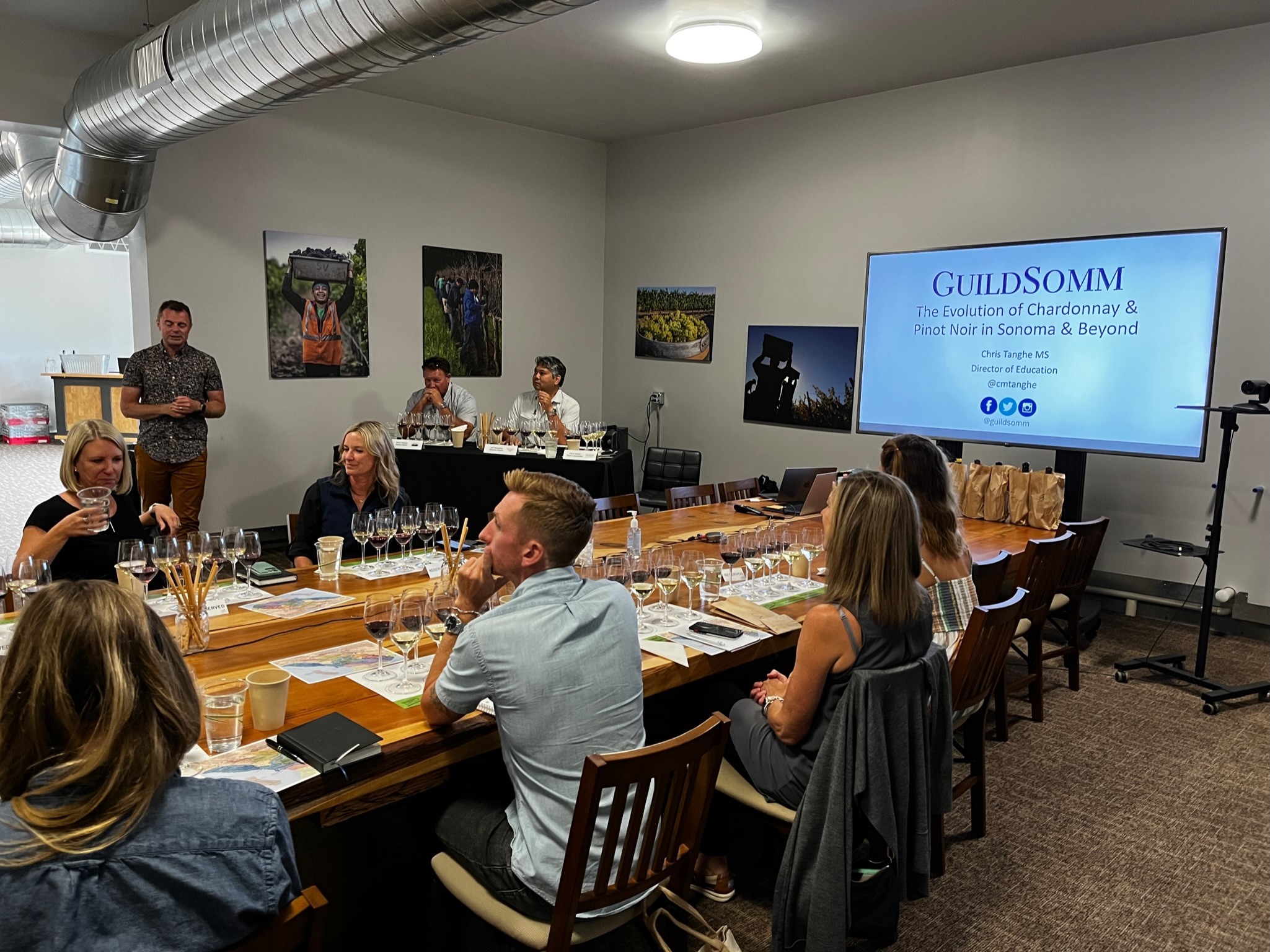
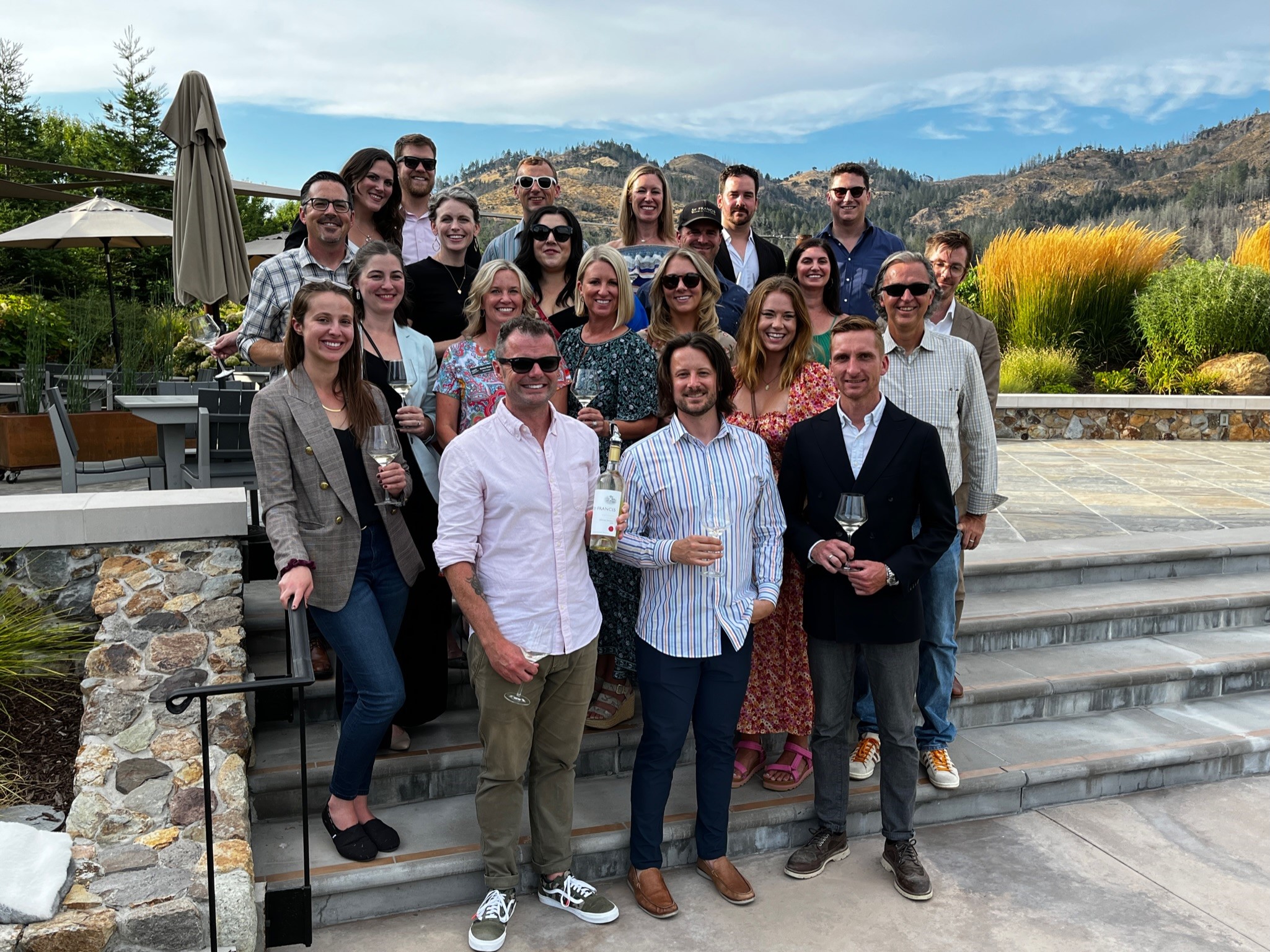
Top Somm
With our long-time partner GuildSomm, every year we host the 15 top sommeliers from around North America from the GuildSomm Wine Champs Competition. The test consists of 70 Master Sommelier level questions that must be completed within 20 minutes. The 15 highest-scoring contestants enjoy an unforgettable three-day immersion into Sonoma County, featuring hands-on vineyard experiences with local growers, educational seminars, blind tastings, and fantastic wine and food.
Somm Spotlight
A profile of three sommeliers and their take on Sonoma wines
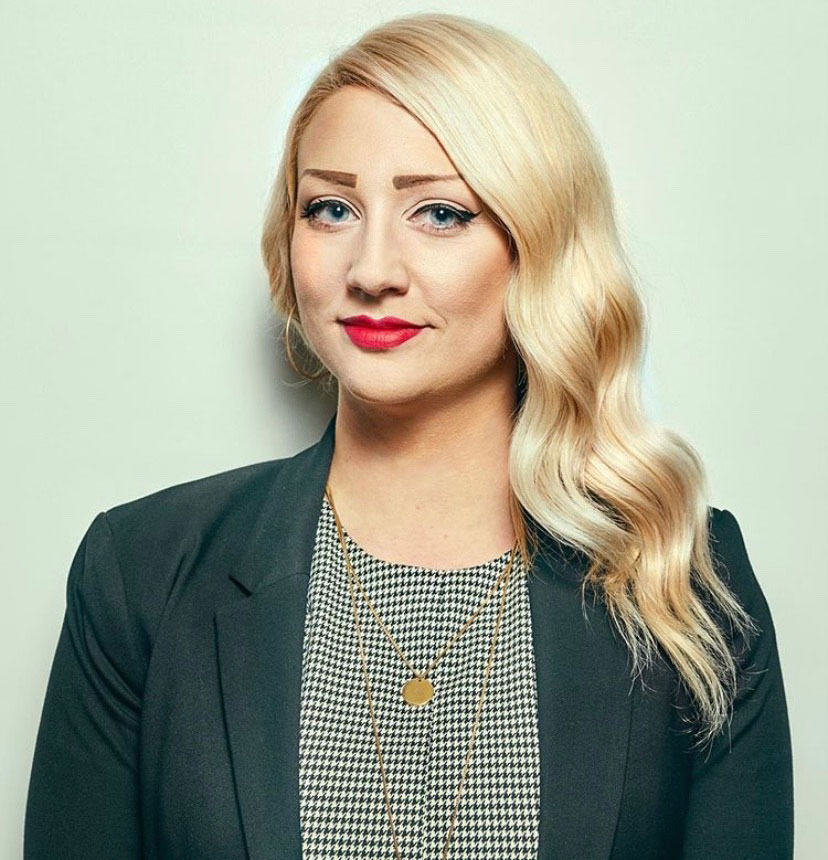
Kat Hawkins
Assistant General Manager & Beverage Director, Shaw’s Crab House, Chicago
Kat Hawkins is the Assistant General Manager and Beverage Director at Shaw’s Crab House, a River North institution since 1984 credited with bringing the first Oyster Bar to Chicago. As Beverage Director, she is in charge of selecting wine and spirits for Shaw’s extensive list featuring American producers and classic international regions. She chooses each bottle to complement the carefully-sourced seafood that Shaw’s is famous for.
Read More
Originally from Detroit, MI, Hawkins received a degree in Communications from Wayne State University before turning her attention to wine and the hospitality industry. She worked at a number of Detroit restaurants before landing at Wright & Company as General Manager and Beverage Director, a position she held for more than 4 years.
Hawkins is a Certified Sommelier through the Court of Master Sommeliers and a Certified Specialist of Wine and Spirits through the Society of Wine Educators. In 2018, she moved to Chicago and joined the team at Shaw’s Crab House. In 2019, she was named one of America’s “Best New Sommeliers” by Wine & Spirits Magazine .
Hawkins is personally fond of the wines of Alsace, Northern Rhone and Rioja. She credits a trip to the Willamette Valley as particularly inspiring, as she saw first-hand the way the local growers are dedicated to elevating their region as a whole and lifting each other up. She feels this lesson can be applied in many contexts, but it is especially important to keep in mind on the restaurant floor. She emphasizes to her team that they are better together and highlights the importance of supporting each other and their guests.
Outside of work, Hawkins enjoys exploring the local Chicago restaurant scene and practicing yoga. On her days off, you might find her relaxing by Lake Michigan or studying for her next wine exam – often at the same time.

Rachel Dickinson
Wine, Food and Travel Writer
WSET Level 2 Sommelier
Rachel Dickinson is an experienced luxury travel, food, and wine writer that creates content about the best places to #EatPlayStay around the globe. She founded rachelsstylishlife.com in 2010; since then she has traveled the world visiting wineries, distilleries, and interviewing industry tastemakers.
Read More
While attending college in New York City, Rachel interned at Louis Vuitton Moët Hennessy. She later enrolled in North London Wine School and received her Wine and Spirits Education Trust (WSET) Level 2 Award in Wines. In addition, she took classes at Britain’s oldest wine and spirit merchant, Berry Brothers & Rudd.
With roots in California, Rachel is passionate about showcasing wineries and wine stays across her home state. Not only does she showcase the label, but the people and story behind it. Rachel has been featured in Jordan’s Wine Country Table magazine, the Huffington Post, Refinery29, and The Cut.
She has also collaborated with international brands such as Champagne Taittinger in France and Castiglion del Bosco in Italy. Having a passion for spirits, Rachel recently went on a road trip across Scotland visiting various distilleries and learning from master distillers. She has collaborated with renowned whisky and gin brands such as Glenfiddich, Talisker, and Hendricks Gin.
Subscribe to Rachel’s website to discover captivating content that showcases the best places to
#EatPlayStay around the globe.
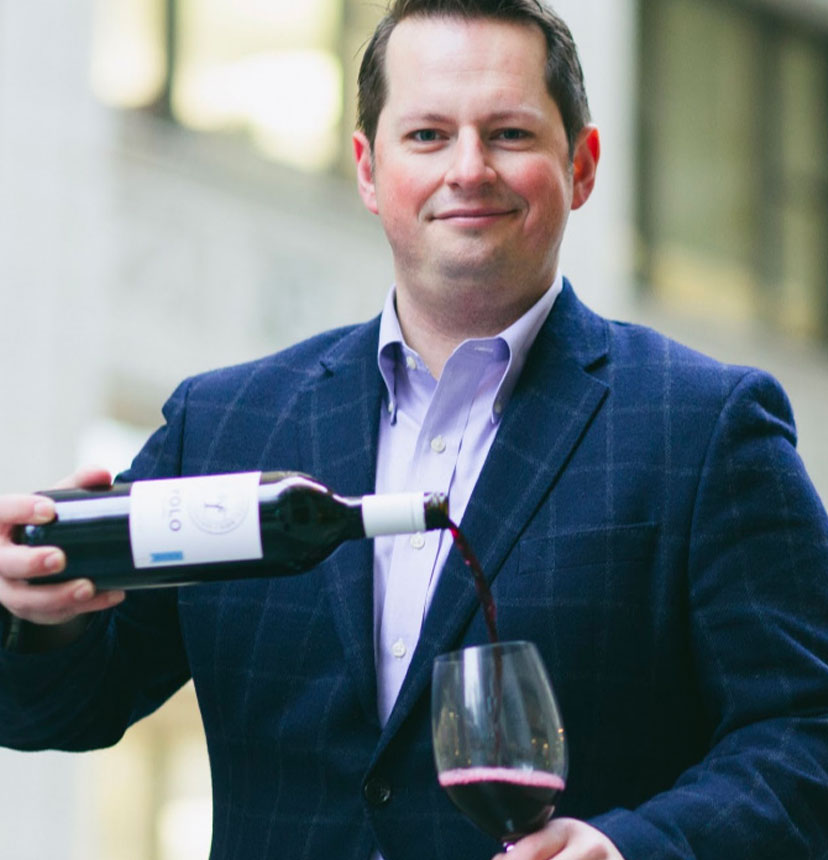
Jon McDaniel
Founder & CEO
Second City Soil
Jon McDaniel is the founder & CEO of Second City Soil, a Chicago-based wine consultancy with the mission of growing Chicago’s wine culture through winery and restaurant marketing and education partnerships. McDaniel is recognized as one of the top wine professionals in the U.S., having worked in every facet of the business – from creating high-profile wine programs at several nationally acclaimed restaurants, to developing revenue-generating brand growth for numerous wineries around the world.
Read More
Through Second City Soil, Jon also works with multiple wineries, international organizations and global wine festivals as an ambassador on marketing, education and sales advisement.
Winner of Food + Wine Magazine’s Sommelier of the Year in 2018, Wine Enthusiast “40 Under 40 Tastemakers” in 2017 and Riedel Crystal International Sommelier of the Month in November of 2016, He was recently named the United States Academy Chair for “World’s Best Vineyards”. Jon has been featured in Wine Spectator, Wine + Spirits Magazine, Forbes, and World of Fine Wine Magazine. In 2016 and 2017, 5 of World of Fine Wine Magazine’s Top 100 Wine Lists in the World were under Jon’s direction. He was knighted into the Order of SNODAR in Valpolicella, Italy in 2015 and knighted into the Ordine dei Cavalieri del Tartufo e dei Vini d’Alba in 2019. Jon is an Adjunct Professor of Hospitality Management at Roosevelt University in Chicago, a Hospitality Fellowship Chair at The University of Texas at Austin and the owner and winemaker of Amos Cellars, a critically acclaimed Sonoma County wine brand.
Most recently, Jon is in the development of his new project, The Vine Hive, a global wine consultancy firm with the mission of bringing the wine community together for local, national and international wine campaigns and digital content promotion. Jon also is the Secretary and sits on the board of the United Sommeliers Foundation, an organization founded in the wake of the COVID-19 crisis to help raise funds for out of work and in-need wine professionals.
When Jon is not tasting, talking, drinking, opening or teaching wine, you can find him listening to Miles Davis, watching his beloved Azzuri and drinking drinks that only an 85-year-old Italian nonno would appreciate.
How To Read A Wine Label
1) The Vintage
This is the year (vintage) the wine grapes were grown and harvested. Wine changes based on annual conditions such as weather, water, sunlight, heat and soil nutrients. To name a specific vintage, at least 95% of the grapes used for the wine must have been grown and harvested that year.
2) The Winery
Of course, you will always find the name of the winery on the label. Wineries work hard to build their reputations on wine style, quality and their unique story. If you like one wine from a specific winery, try another!
3) The Varietal
The wine varietal tells you what type of wine grape the wine was made from since different grapes have different flavor profiles. In order to list a wine varietal name, at least 75% of the wine in the bottle must be from that grape variety. Otherwise, it will likely be labeled as a “blend” or a “table wine.”
4) The Region
The region, or American Viticultural Area (AVA) tells you where the wine was grown. Different wine regions build a reputation for quality, specific grape varieties and growing practices. Sonoma County has 18 different AVA’s. On some wines, you may even find the specific vineyard or “vineyard designate” listed under the AVA.
5) The Sustainability Logo
Sustainability is a big deal in the world of agriculture. Sonoma County has proudly certified 99% of its vineyard acreage sustainable by a third-party auditor, so you can be pretty confident that a wine that says “Sonoma County” was grown responsibly. Just to be sure though, look for the sustainable winegrowing seal!
